When you ask someone to tell you the difference between denim and jeans, it's a difficult question for anyone to answer. Actually, denim and Jeans are not the same things, but they're linked. Both denim and jeans have a wide range of applications in the cloth industry. To clear up any misunderstandings about denim vs jeans, in this article, we will describe all the differences between denim and jeans.
Table Of Contents
What is denim?
Using a twill weave, denim is manufactured of durable cotton and has a diagonal ribbing pattern. There are two or more warp threads on either side of the weft threads in cotton twill fabric, which first appeared in France in the 17th century as serge de Nîmes. Denim fabric is distinct from other durable woven cotton fabrics like canvas or cotton duck because of the diagonal parallel lines on the right side of the fabric. To stretch denim or boost durability, many producers use a combination of cotton fibers, polyester, and elastane in their denim fabric.
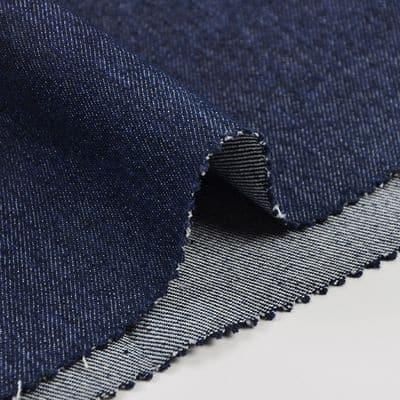
Indigo dye is commonly used to give denim its distinctive blue-cotton hue. Manufacturers can wash, rinse, or distress denim after it has been dyed, resulting in a wide range of denim washes, from dark to light. Creating denim in black or white requires a distinct dyeing technique.
Types of Denim
There are a great number of distinct varieties of denim, and each of these denim varieties has its feel, look, and fashion. To remove some of the mystery surrounding denim, the following is a list of some of the more prevalent forms of jean fabric:
Raw denim:
Raw denim is a type of denim that has not been washed and finished, as suggested by the name of the fabric. Raw denim is easily distinguishable from other types of denim due to its dark blue color and rigid texture.
Mid-wash:
Jeans with a wash that falls somewhere in the middle are fashionable. This type of denim is given a longer washing process than raw denim to remove part of the dye and give the denim a softer feel overall. This technique is known as a mid-wash.
Acid Wash:
Denim with a surface that has been subjected to an acid wash is characterized by pronounced tonal contrasts and gained popularity in the late 1980s. First soaking pumice stones in chlorine accomplish the distinctive coloring of acid wash denim and then including the pumice stones in the washing process themselves.
Sashiko denim:
Sashiko denim is a material that is becoming increasingly popular and is used for a wide variety of garments. Sashiko was originally a method for mending material in Japan. It involved employing elaborate designs and stitches to repair materials such as clothing, bedding, and much more. In more recent times, these intricate patterns have been utilized in the creation of gorgeous articles of clothing, giving them the appearance of having been used before and being "distressed."
What are Jeans?
Jeans are denim-fabric pants that are often worn for casual occasions. With a button clasp, a zipper, belt loops, and front and rear pockets reinforced by copper rivets, a typical pair of jeans are made by Levi Strauss and Jacob Davis in the United States. Many jeans are constructed of indigo denim and available in a variety of blue hues, as well as black and white, which are also common.
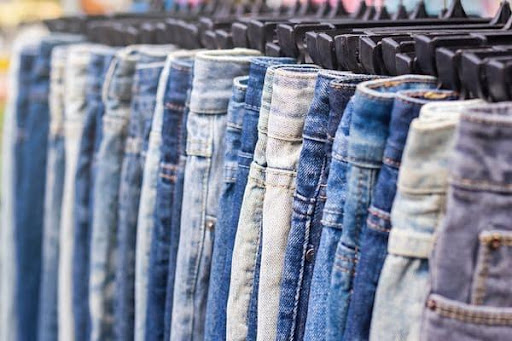
Difference between Denim and Jeans
Denim vs Jeans: Denim is actually a type of fabric, whereas jeans are a type of clothing. This is the main difference between the two. Jeans, overalls, shirts, and jackets are just a few of the clothing that may be made out of denim fabric. Denim fabric can also be used to produce overalls. Denim fabric is typically used in the production of jeans, which are a type of clothing known as jeans. Some manufacturers create jeans out of cotton, resulting in a less heavy and more breathable product than jeans made out of denim. Some other factors we can consider to find their difference is:

Weight
Compared to its finished product, denim jeans are lighter in weight than the raw material denim itself. Because jeans can be worn in various contexts, their construction prioritizes portability. Different shapes each have their unique weight. The ones that are thick and made of dry denim are the ones that are excellent for wearing throughout the winter because they are rather substantial.
Durability
Denim is a more long-lasting fabric woven from 100 percent cotton twill. Denim, the material from which jeans are constructed, contributes to the garments' durability. However, their longevity may be affected by the processing method used. When compared to denim, denim has a longer lifespan than denim does.
Applications
Denim is used to manufacture various accessories, including bags, purses, blouses, and skirts. Denim is also used to make jeans. Denim fabric is used to produce various items, including jeans. On the other hand, jeans are the type of pants typically worn for more relaxed settings. They are not commonly worn in the workplace. Many individuals favor jeans since they are so simple to care for.
Embracing the Next Generation of Denim
For fashionistas, the fact that denim pants are now collectively referred to as "jeans" is a great development! Rose, olive, and lavender have long been popular denim colors. Because of the lighter-weight cotton twills, you'll be able to wear your jeans throughout the year, giving you more options for your wardrobe.
If we accept the various colors and varieties of denim that are being utilized presently, we can also say that denim is in its Golden Age. Although they are cut far better than what we wore in the 1980s, modern denim shorts and trouser-cut denim pants can be worn for both informal and fancy occasions.
Dark washes that smell like genuine indigo, medium washes for a relaxed vibe, or pre-distressed jeans with many personalities may all be found in the denim market. Your imagination only limits you.
New Ways of Looking at Jeans
Jeans are now welcomed in more places than ever in our increasingly casual society. Even in the legal and financial sectors, some employees are opting for business casual attire rather than business formal. A shift in workplace attire is taking place, with more workers opting for jeans or other casual pants rather than khakis and Polos.
Take a look at an example. Pick a pair of dark-washed jeans in your favorite style for a more dressed-up look. Unless you're going to a funeral or a job interview, wear those dark-wash jeans the next five times you consider wearing dark-colored dress trousers. These shoes can be paired with high heels or smoking slippers, a women's blouse and jacket, or a glittery top.
Just give it a whirl. Your self-consciousness may melt away in the presence of your favorite pair of jeans, making you feel more at ease and self-assured than ever. Instead of becoming bogged down in minutiae, you may focus on more important matters with this post.
Pro Tips
- Certain enthusiasts of denim are adamant that you should never wash your jeans to preserve their quality and stop the color from bleeding. Although this may be an excellent method for preventing water loss, it is not the most likely to keep your jeans in pristine condition regarding their appearance, how they feel, and how they smell.
- However, you do not need to wash your jeans as frequently as you would other clothing items. Instead, we recommend washing your jeans every three to ten years or whenever they get soiled or stinky.
- Raw denim should be cleaned less frequently to preserve the look and feel of the fabric. However, mid-wash denim can be washed more frequently without negatively impacting the fabric. It is essential to use increased caution while working with goods such as sashiko denim to avoid causing any damage to the stitching. To properly care for your denim, follow these easy instructions.
- Wash denim in the same color family. In order to minimize color transfer, it's best to wash new jeans separately the first time, but after that, feel free to wash dark jeans alongside lighter black, gray, and dark blue. Avoid washing more than two pairs of jeans at a time since denim is thick and absorbs water.
- Use the most delicate wash cycle possible. The coldest water option should be selected in your washing machine's "gentle" or "delicate" cycle.
- Jeans can be machine washed, but it is not recommended to be dried. After removing any zippers or buttons from jeans, lay them flat or hang them from a hook in an area with excellent ventilation to dry. If you must use a dryer, utilize low heat settings for drying.
- Inside-out denim maximizes interaction with your skin's oils and sweats while minimizing contact with indigo dye, which can fade. Make sure the zipper doesn't catch on as you're zipping them up.
- To begin, choose your laundry detergent. To avoid fading, use a dark-colored laundry detergent while washing jeans.
- If you don't have detergent, you can substitute half a cup of white vinegar. If you're washing black jeans or brand new jeans for the first time, vinegar can help set the color and eliminate odors simultaneously.
Short Highlights of Denim vs Jeans
- Denim and jeans are made of two different fabrics, despite their close relationship.
- Denim is a twill fabric that is made of pure cotton.
- Denim is the fabric that is typically used to make jeans.
- Jeans made from denim can be softer or harder depending on whether the denim is wet or dry.
- Denim is a heavyweight fabric in terms of its primary materials.
- Denim is a versatile fabric that can be fashioned into various clothing in addition to jeans, including skirts and blouses.
- Denim comes in two colors, white and natural, although jeans are available in an almost infinite number of hues.
- Nowadays, jeans may be purchased in various cuts, washes, and material combinations.
- Jeans are constructed to be warm, allowing them to be worn even in colder weather.
Wrap up
Many individuals may be perplexed by denim and jeans, as the former can refer to various denim-based clothes. There is even more misunderstanding about denim vs jeans because the word denim is used interchangeably with jeans in several regions worldwide. Denim and Jeans, on the other hand, mean completely different things.





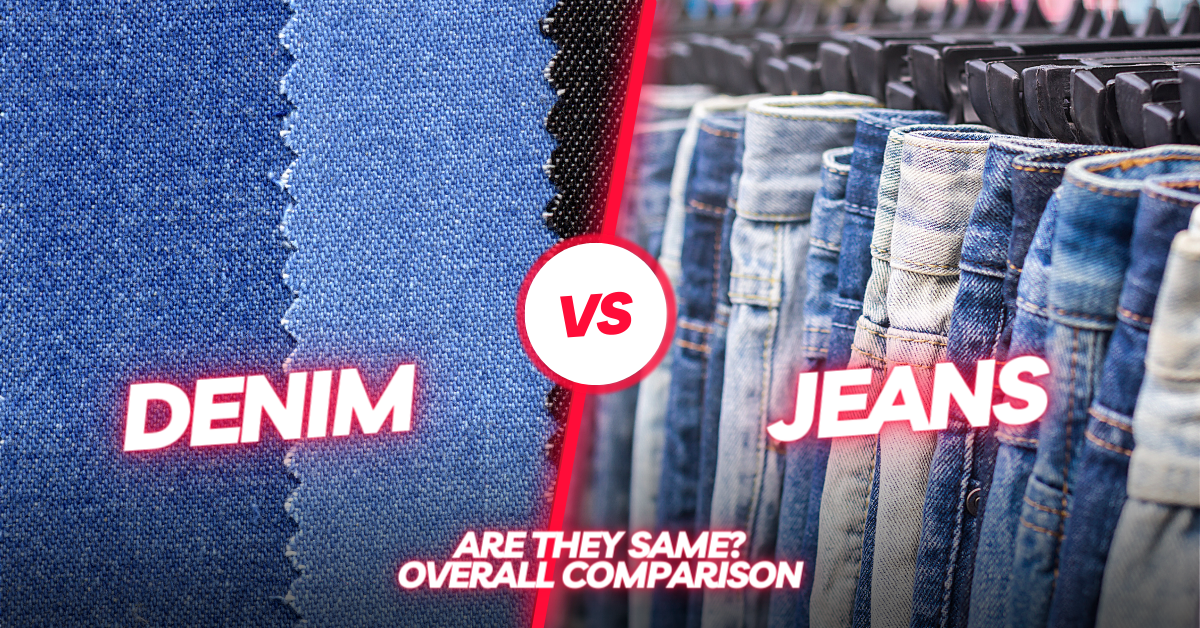

.webp)
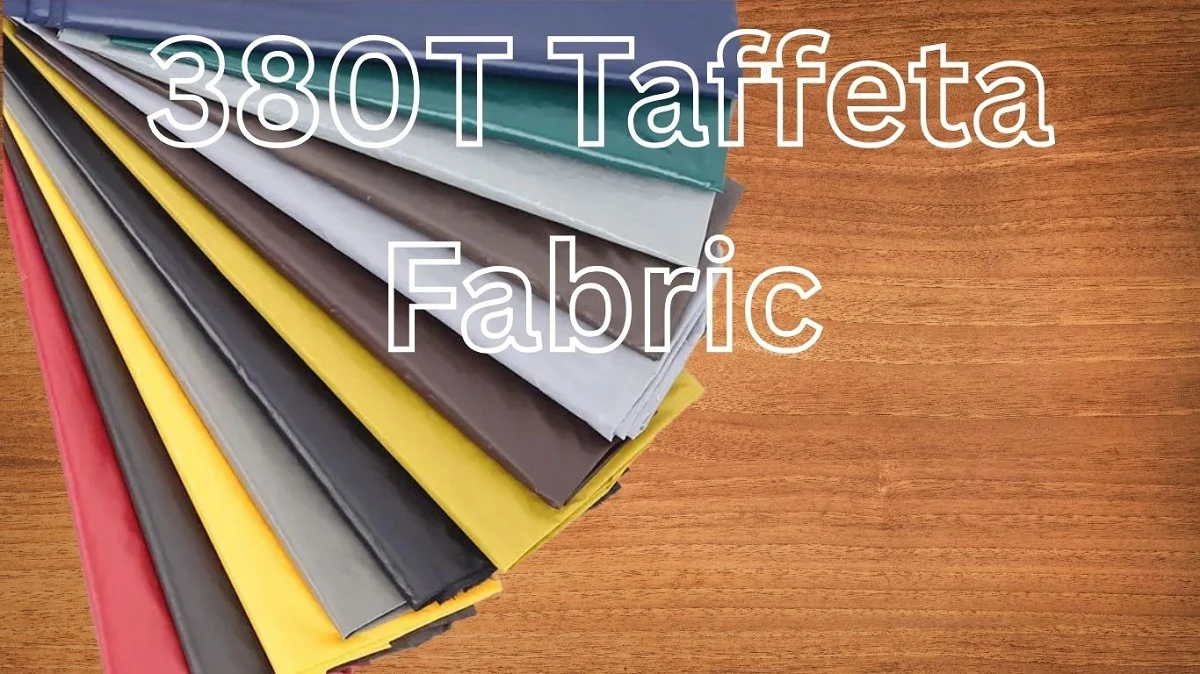
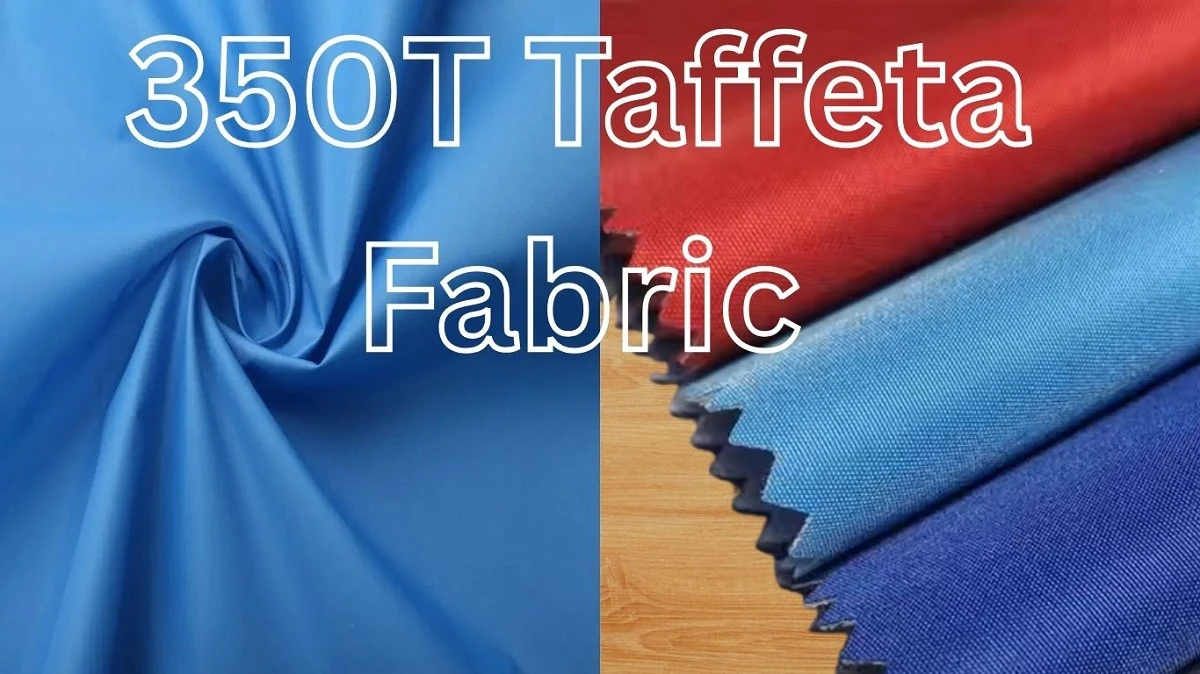
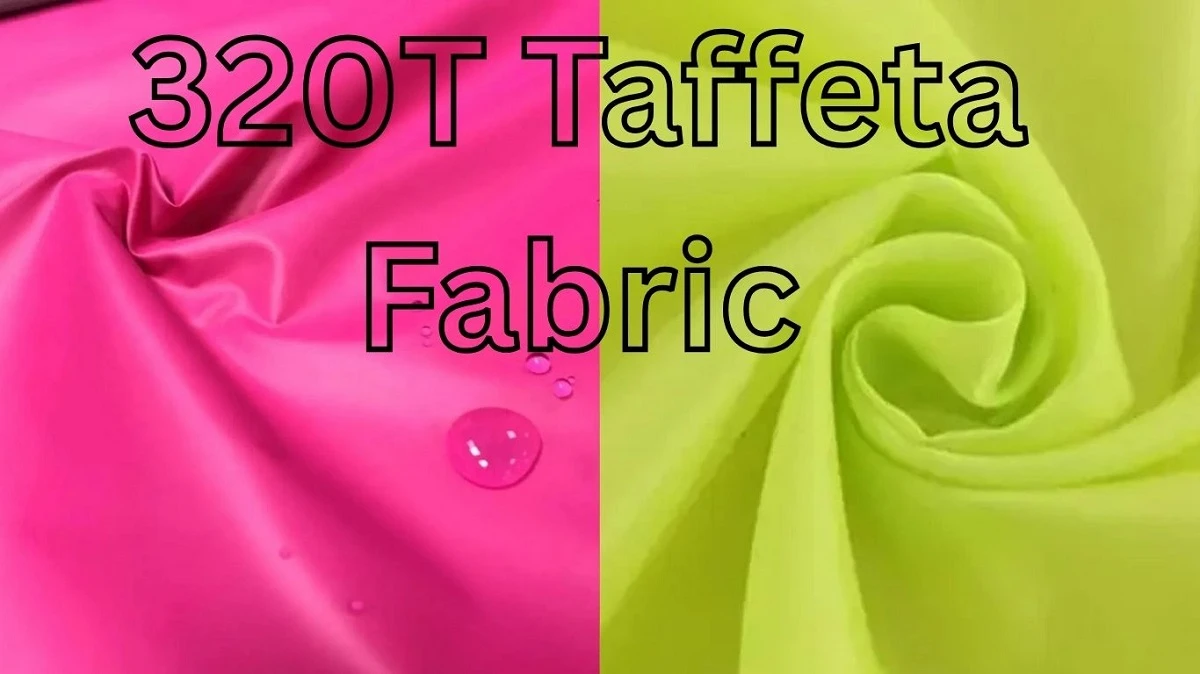
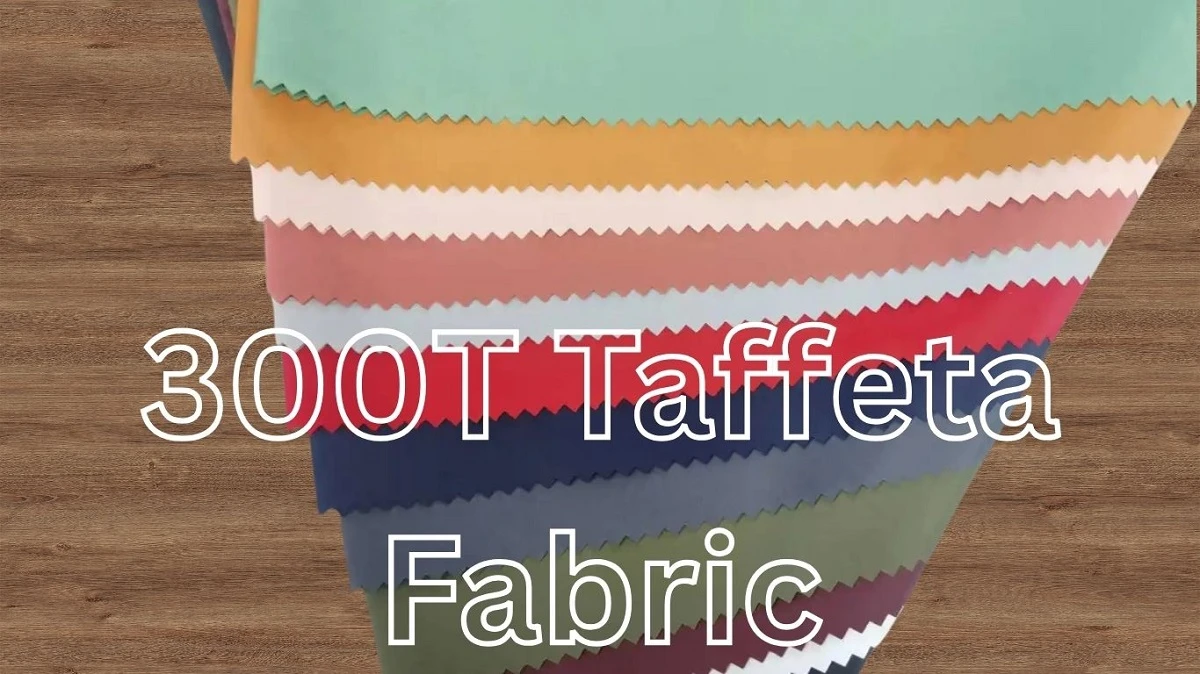

Comments - 01
Md Jahirul Islam
very informative article
Leave A Reply
Thanks for choosing to leave a comment.